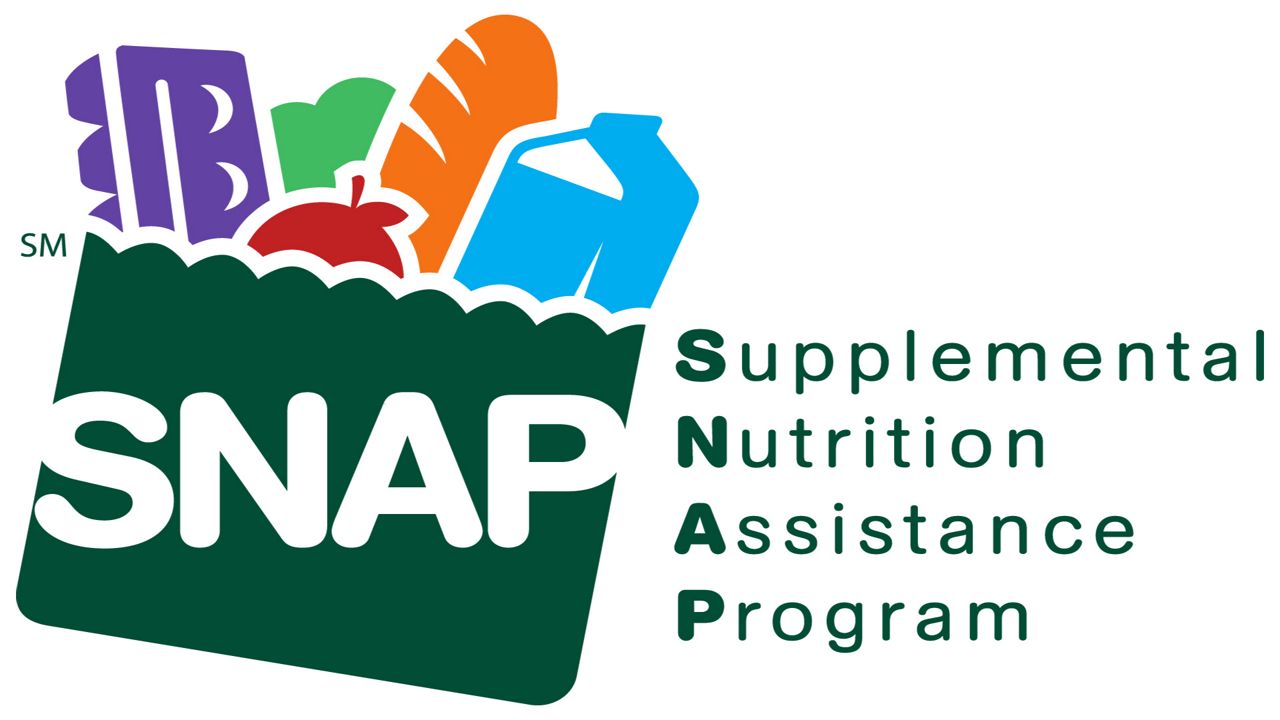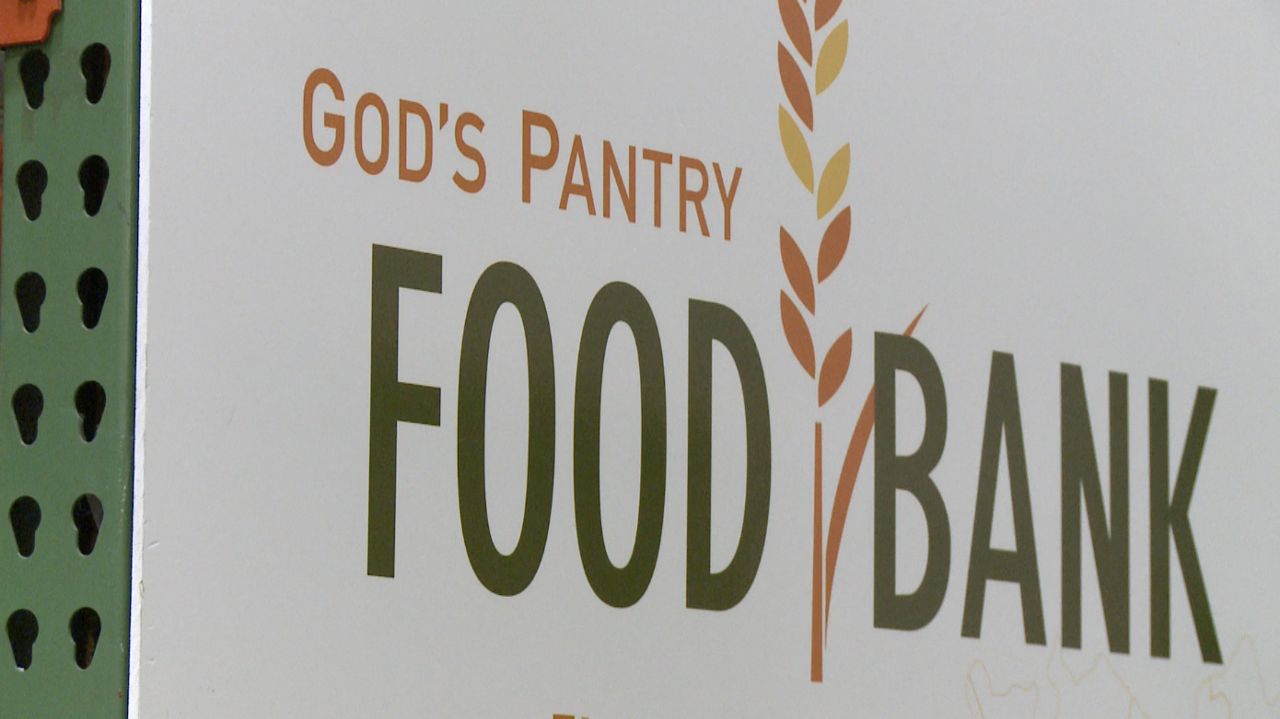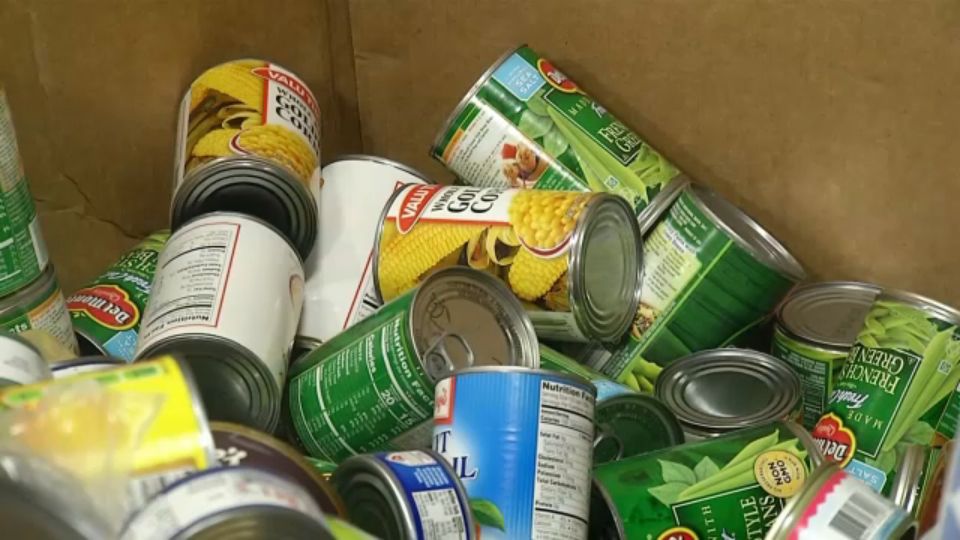WASHINGTON, DC - When a Minnesota millionaire successfully enrolled in the Supplemental Nutrition Assistance Program (SNAP), the U.S. Department of Agriculture (USDA) decided it was time to make some changes.
Government-funded SNAP benefits help low-income families and individuals cover the cost of food. States are currently able to apply ‘categorical eligibility’ to automatically enroll Temporary Assistance for Needy Families (TANF) participants, a separate government program, for SNAP benefits. The USDA reports, however, that this has become problematic.
TANF benefits fall on a spectrum; some TANF recipients may receive nothing more than information brochures. Even this simple benefit, though, qualifies recipients as participants in the TANF program, which also makes them eligible for the SNAP program through categorical eligibility. Under this categorization, participation with TANF warrants eligibility for SNAP.
“For too long, this loophole has been used to effectively bypass important eligibility guidelines. Too often, states have misused this flexibility without restraint,” said U.S. Secretary of Agriculture Sonny Perdue. “That is why we are changing the rules, preventing abuse of a critical safety net system, so those who need food assistance the most are the only ones who receive it.”
A new rule proposed by the USDA entitled “Revision of Categorical Eligibility in the Supplemental Nutrition Assistance Program (SNAP)” aims to limit the eligibility of dual TANF/SNAP recipients to households that receive TANF-funded cash or a minimum of $50 per month of non-cash benefits (subsidized employment, work supports, or childcare) for at least 6 months.
The USDA has expressed their hope that closer adherence to the eligibility standards outlined by Congress will help more families become more self-sufficient and will also improve the quality of the programs for those most in need.






